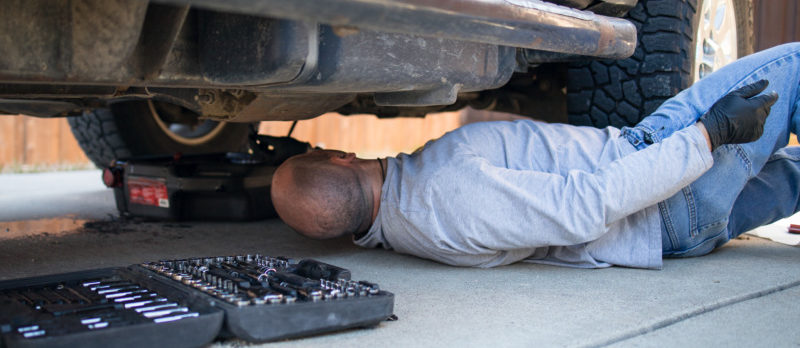While there are certainly many similarities in the Canadian and U.S. aftermarkets, one of the perennial areas of divergence has been the DIY market.
While the U.S. has long enjoyed a significant DIY segment, Canada’s DIY aftermarket, while still worth paying attention to, has traditionally been distinctly smaller.
There are some reasonable explanations for this of course.
There is no doubt that while both Canada and the U.S. have a car culture, there is no doubt that it is more deeply entrenched in the U.S. culture at large than it is in Canada. The age of vehicles is also a factor, with the U.S. car population including a larger proportion of older vehicles.
And, in what is almost certainly related to that from a practical sense, there is the difference in climate. There are, to put it simply, more opportunities throughout the year to spend hours peering under the hood of a hobby car in more regions in the U.S. than in Canada.
Recent research from DesRosiers Automotive Consultants has shown that this divergence has continued through the pandemic.
According to DAC, DIY rates have been consistently declining across most products for the past few decades as a combination of increased vehicle complexity and a decreased amount of consumer time available for vehicle maintenance.
However, as Andrew King Managing Partner of DAC commented, “The second of these factors was thrown on its head during the pandemic, and evidence is emerging of a substantive uptick in DIY rates in the US aftermarket.”
Indeed, DAC modelling estimates that while the DIFM market in the US aftermarket may have fallen 8-10% in 2020, the DIY market largely held steady – representing the first substantive shift toward DIY in recent decades.
Digging into the Canada/U.S. comparison, however, revealed a much more muted DIY uptick in Canada.

DAC tracks consumer maintenance patterns in Canada through its annual survey of 4,500 vehicle maintainers and a glance at the data indicates that while there was a slight uptick in DIY rates in select products, the increase was nowhere near as strong as in the U.S.
As always, DIY rates are strongly correlated to vehicle age – but also vary greatly by consumer demographics, province, and vehicle type.
Overall, from this at-a-glance information offered, it seems clear that while the pandemic has had significant effects on the automotive sector–plummeting new vehicle sales to skyrocketing used car prices–there was, according to DAC, no big boon for the DIY market north of the border.


0 Comments